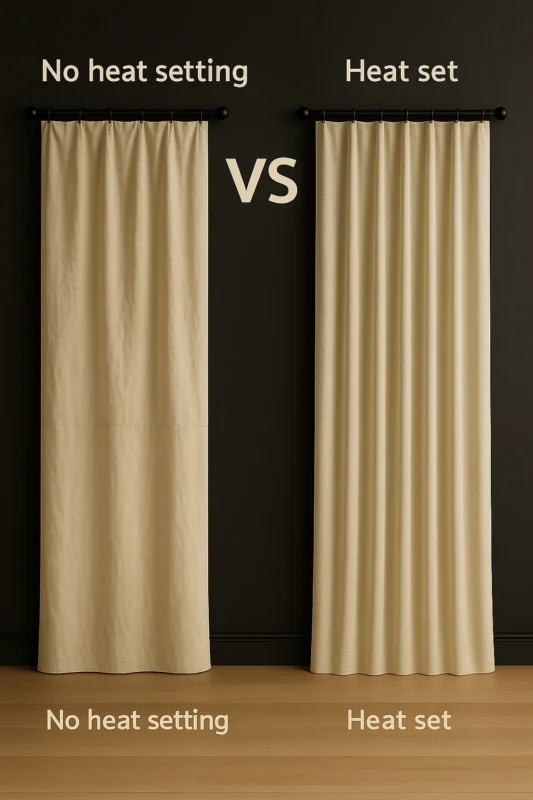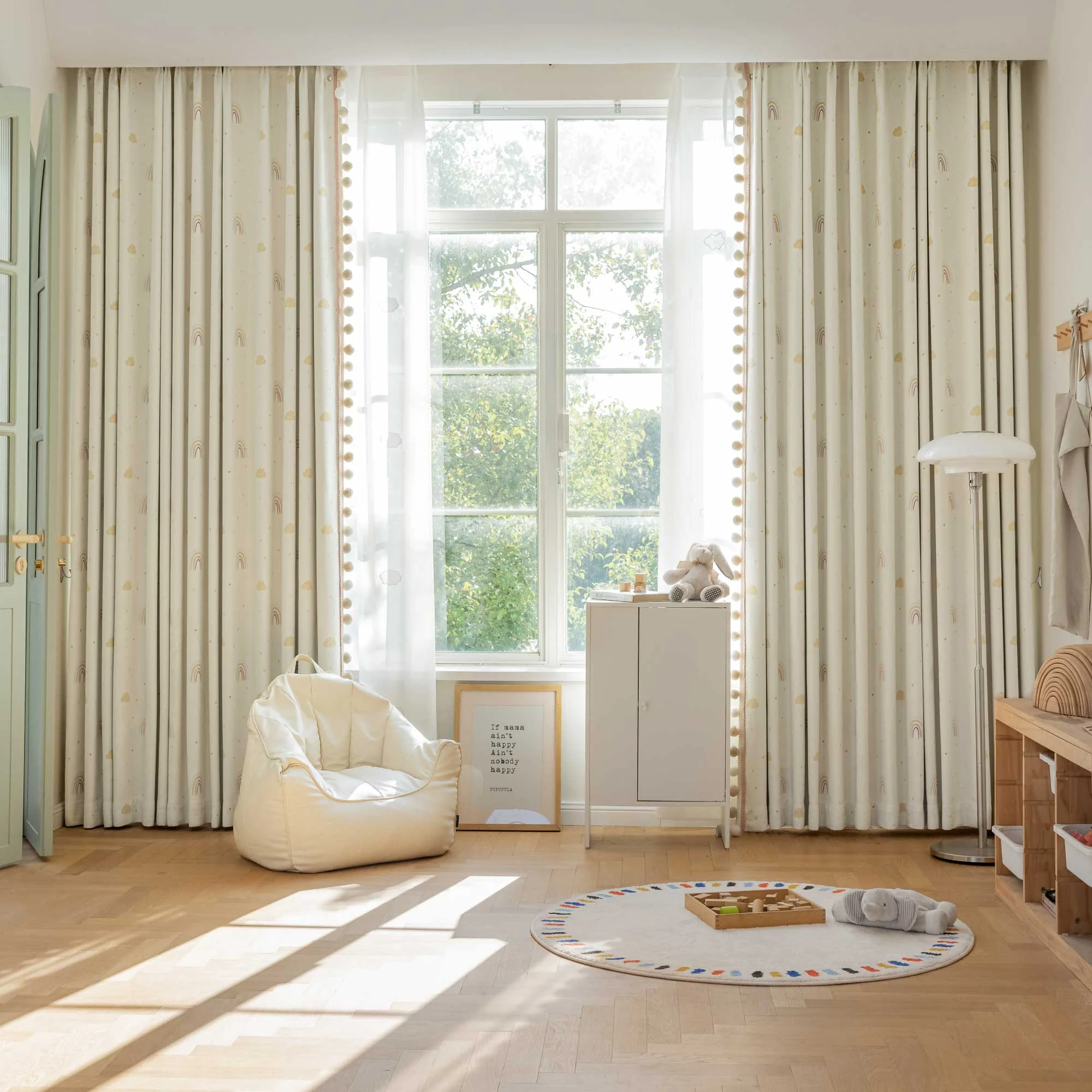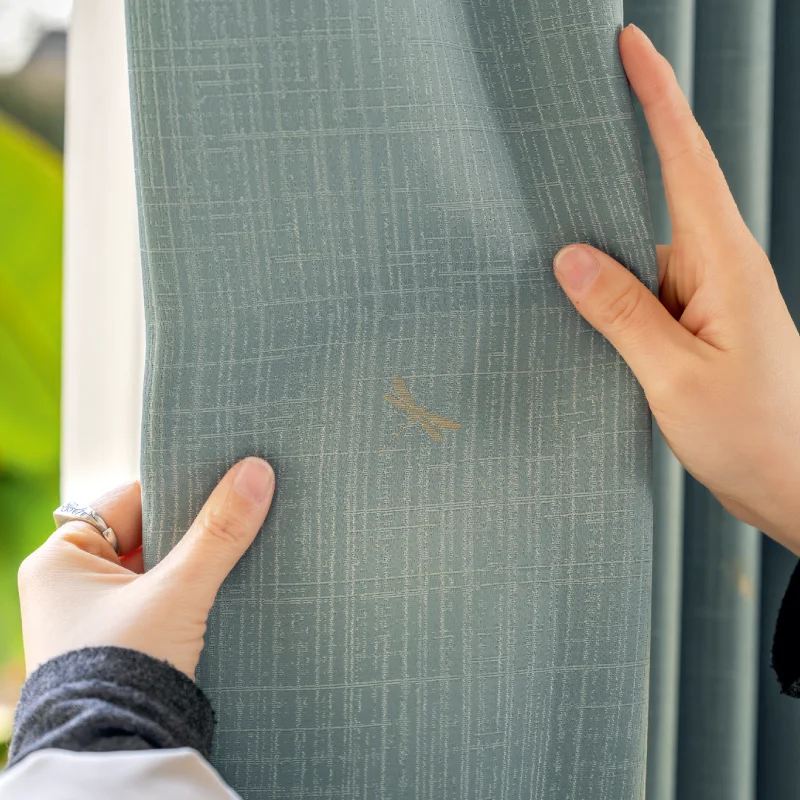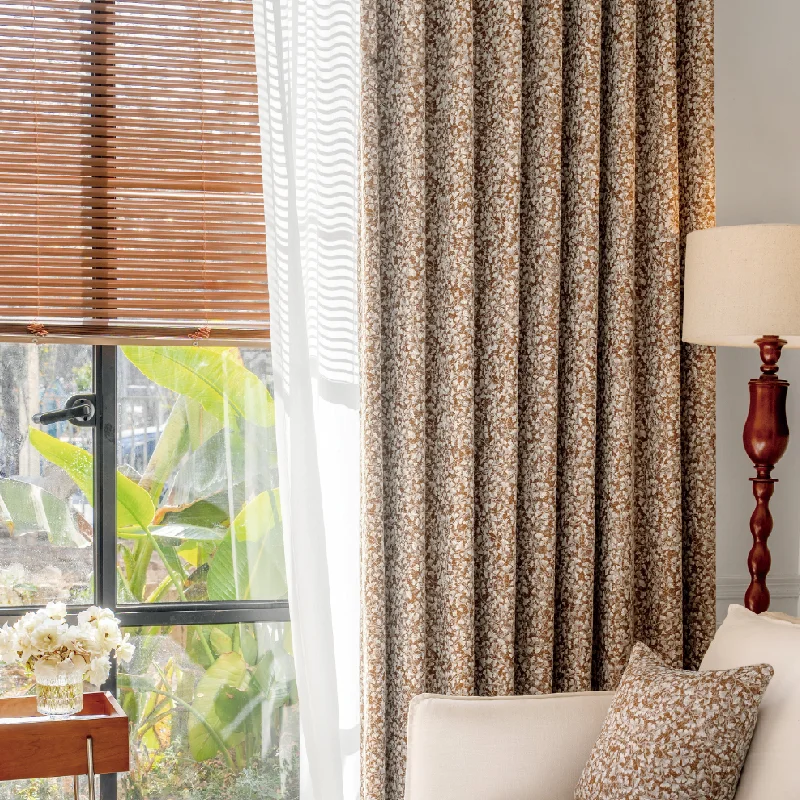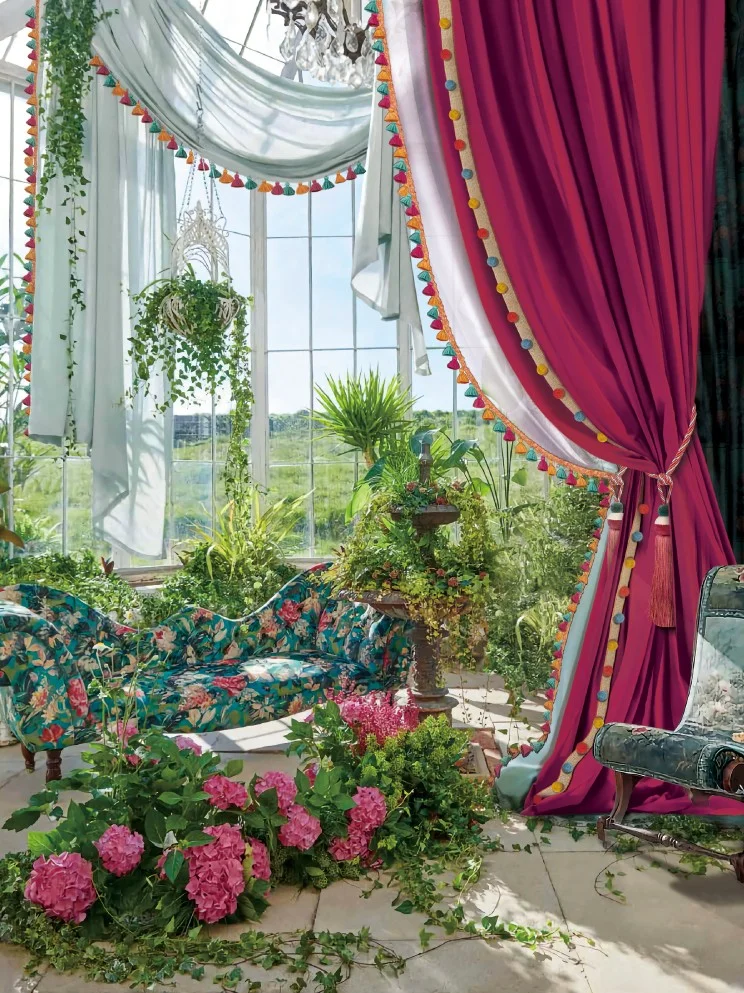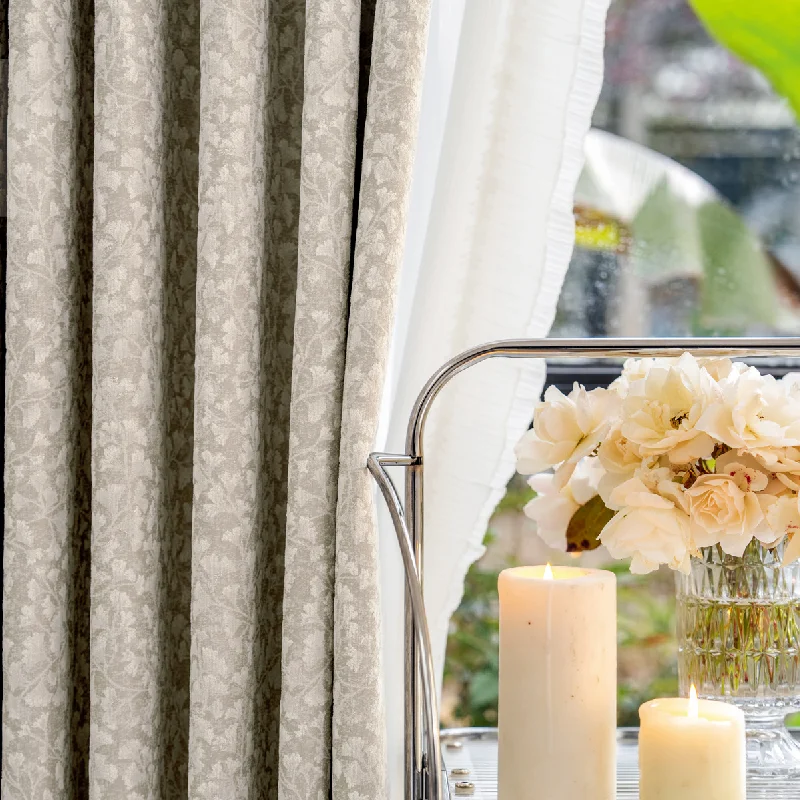Welcome to the Designers' Space — your curated destination for trend-forward materials, tailored solutions, and refined styles. From design themes and fabric innovations to functional upgrades and soft accents, explore everything you need to bring your creative vision to life.
Curtain Pricing & Customization Guide
Understand how custom curtain pricing works, what factors influence cost, and how to estimate your budget before ordering.
Why it matters?
Lemonhone is committed to full price transparency, empowering both retail and trade customers to make informed decisions confidently.
Lemonhone Custom Curtains
✔
Clearly itemized and transparent
✔
Optional and price-disclosed
✔
Clearly marked per meter
✔
Saves time for designers and curtain professionals
✔
Clear explanation with visual illustrations
Typical Practices of Other Brands
✘
Often bundled into price, hard to identify
✘
Often not mentioned or charged extra
✘
Often per set or vaguely priced
✘
Manual communication required, no calculator
✘
Unclear or not explained
Custom Curtain Toolkit
Estimate prices, convert sizes and currencies — everything you need before placing an order.
Curtain Price Estimator
(Buy by Width)
Curtain Price Estimator
(Buy by Height)
Currency Converter
Curtain Size Converter
(Inch → CM)
What Affects Curtain Pricing?
Pleat ratio, fabric width, thermal setting, and craftsmanship — all play a role in determining the quality and cost of your curtains.
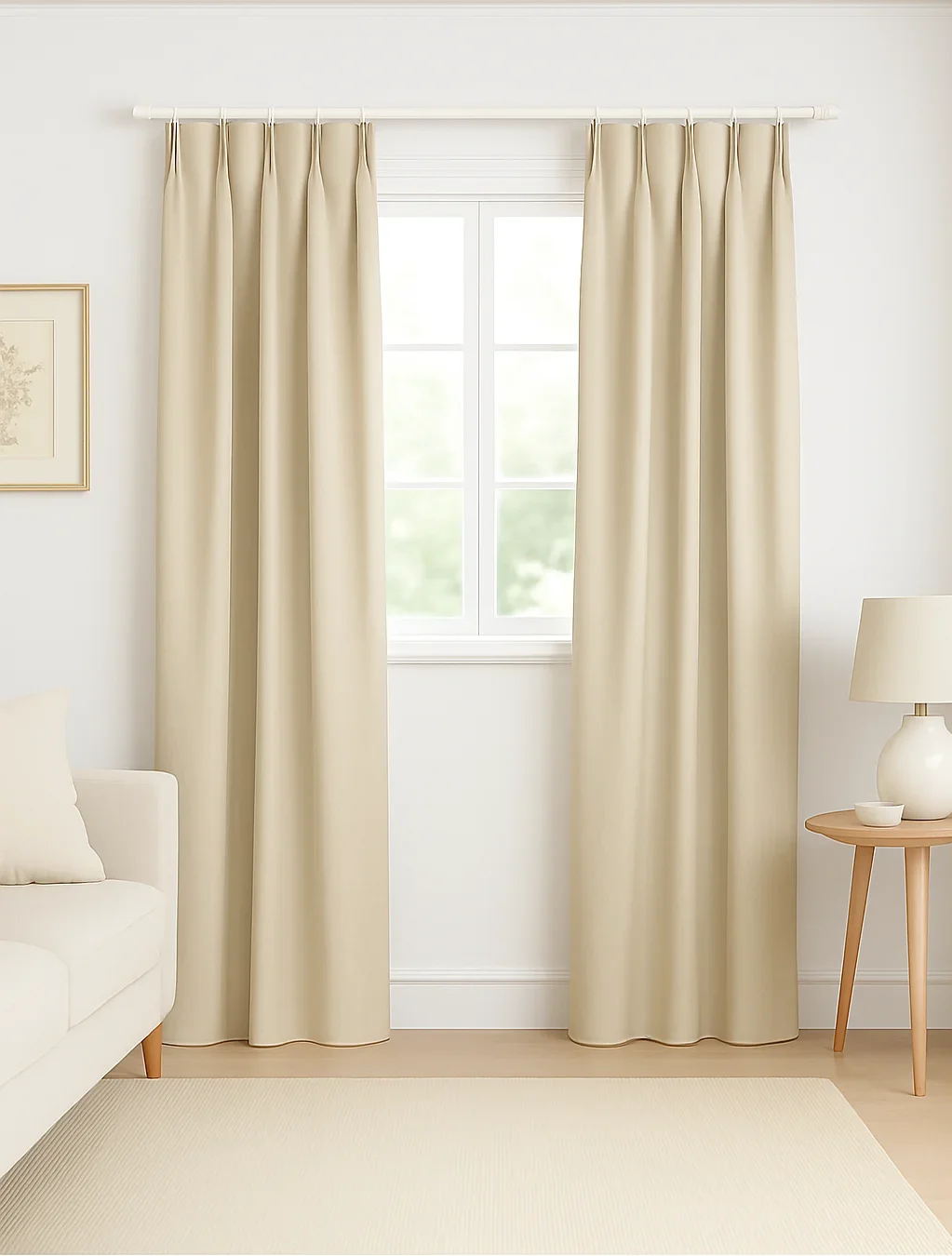
1.8x Fullness
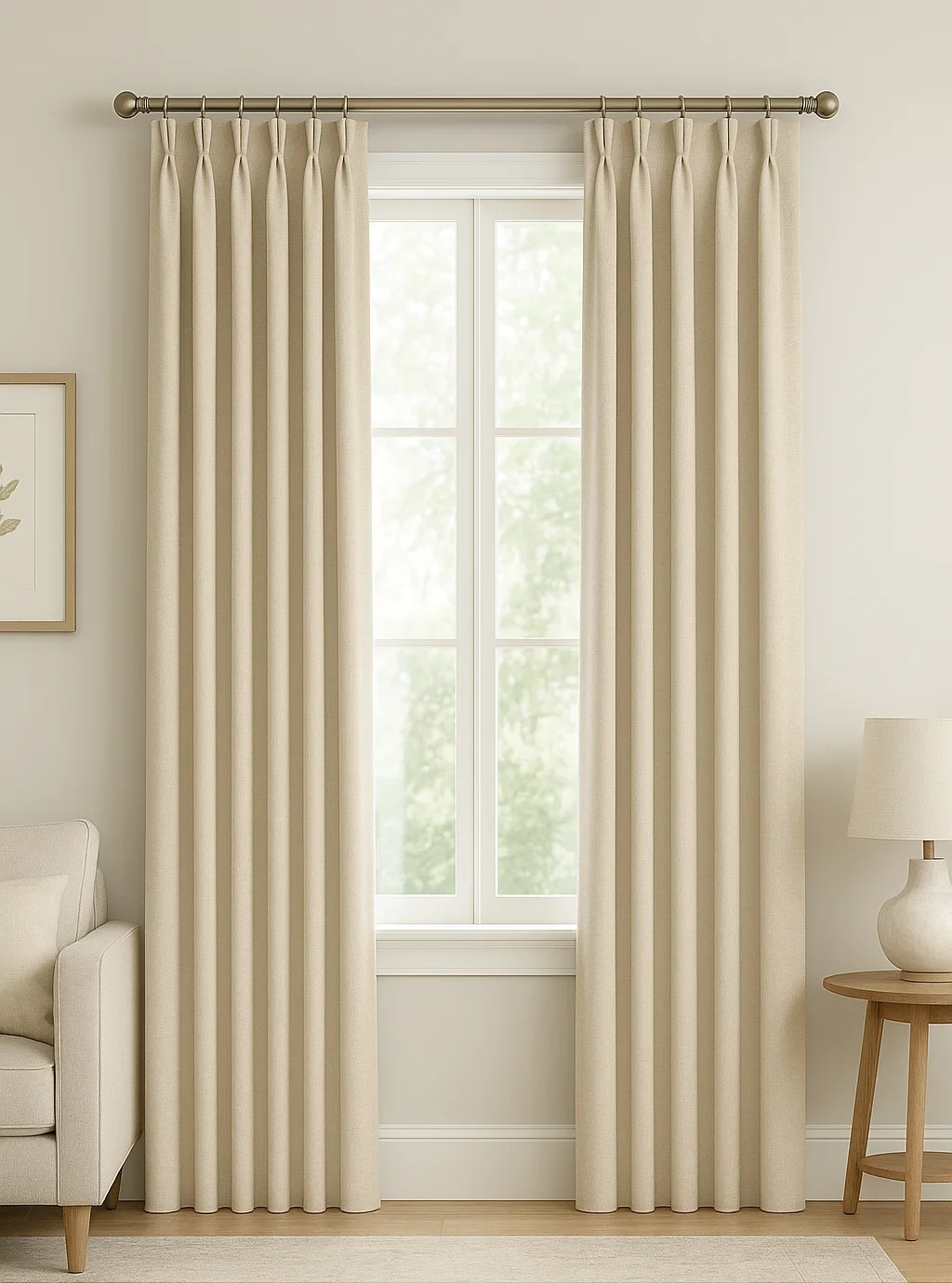
2.2x Fullness (Recommended)
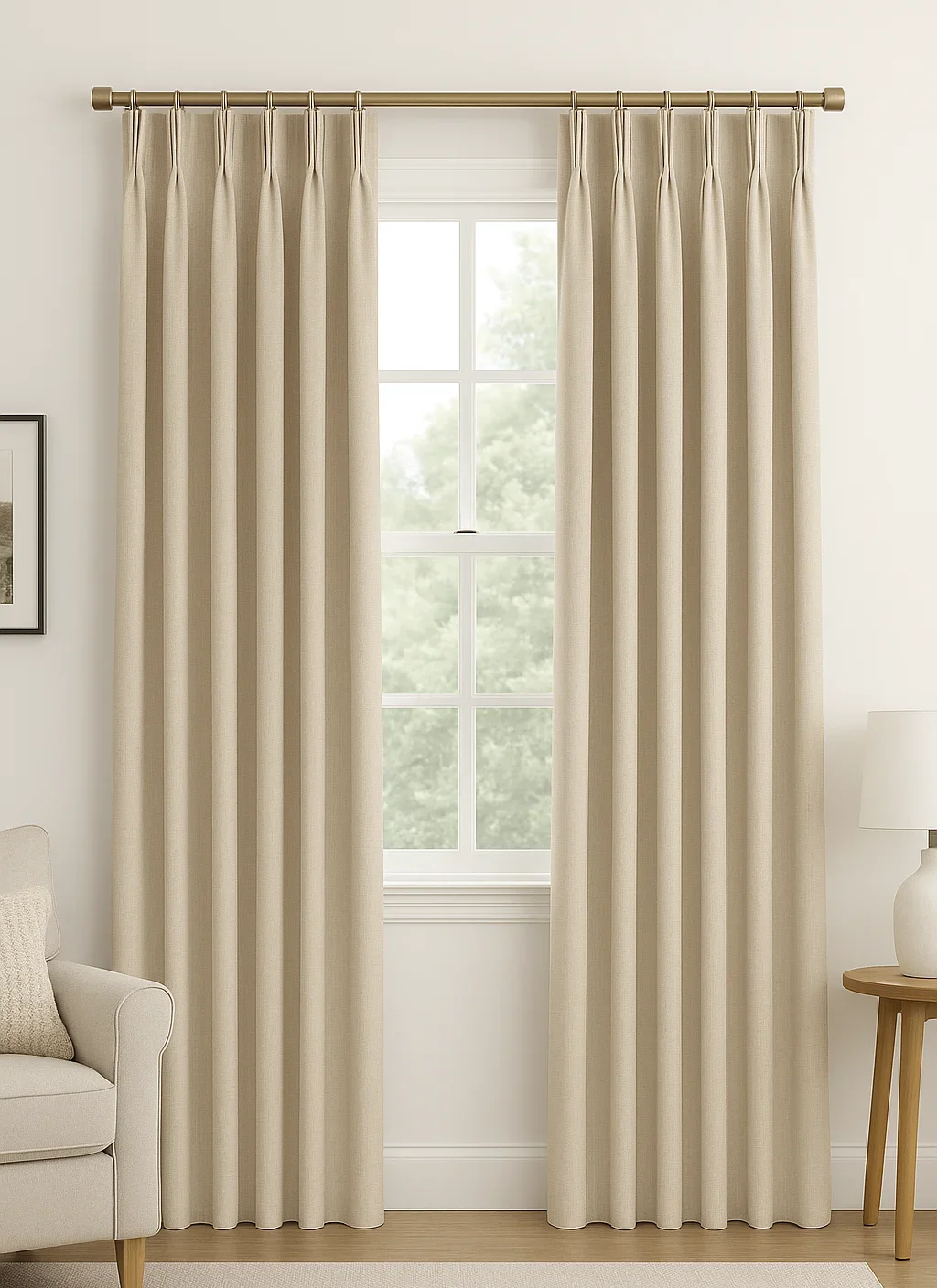
2.5x Fullness
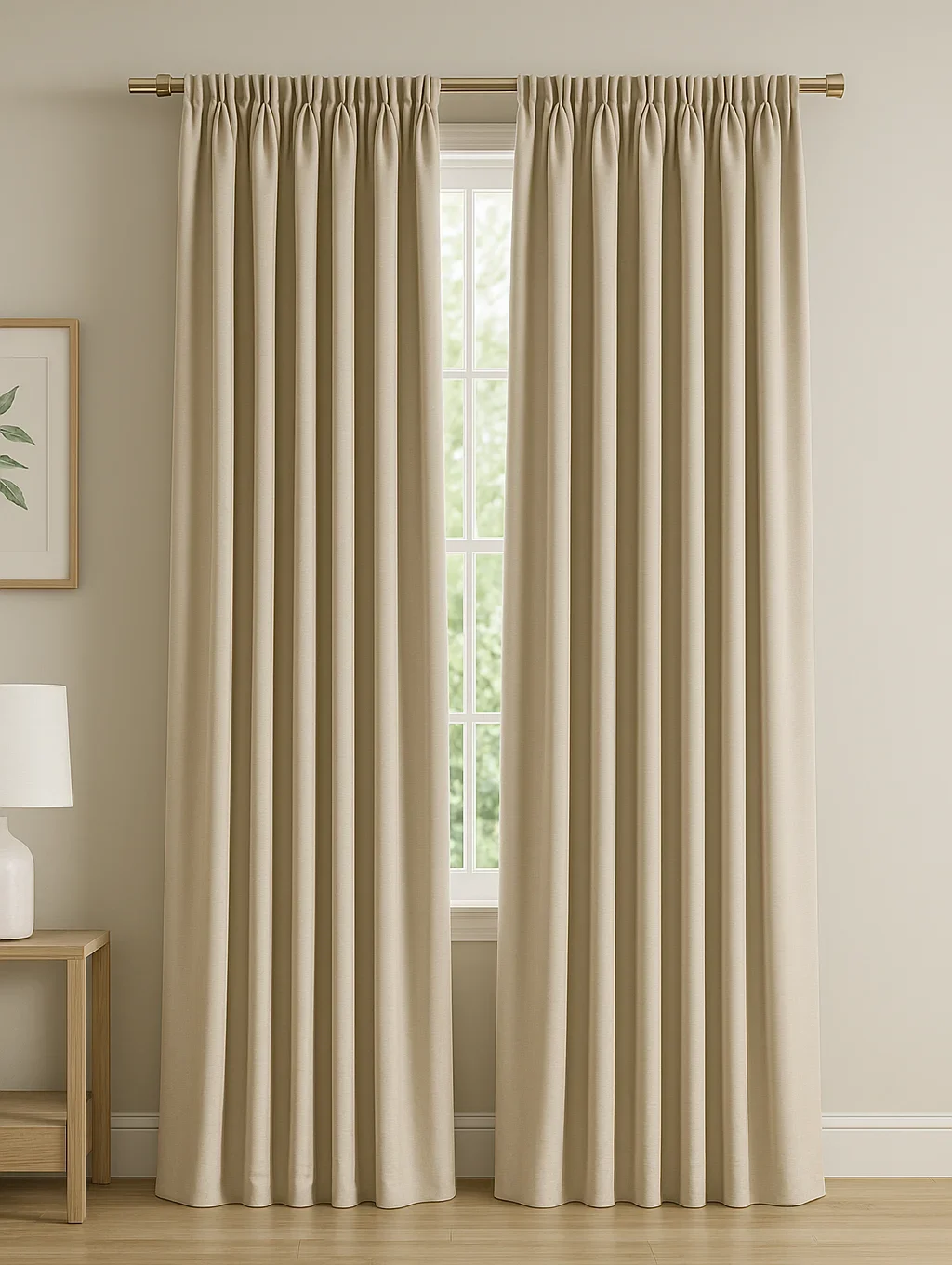
3.0x Fullness
1. Pleat Fullness
Pleat fullness refers to how much fabric is gathered to create the curtain’s folds.
It determines the visual richness and flow of the drape.
📏 How to Calculate It
Formula: Fullness Ratio = Total Fabric Width ÷ Track Width
Example:
Track width = 200 cm
2.2x fullness → 200 × 2.2 = 440 cm fabric
📐 Fullness Options
- 1.8x Fullness: Light and airy. Great for minimal or smaller spaces.
- 2.2x Fullness (Recommended): Balanced and elegant. Works for most rooms.
- 2.5x Fullness: Rich folds. Ideal for blackout fabrics or upscale settings.
- 3.0x Fullness: Deep, luxurious folds. Best for formal or dramatic looks.
💡 Why We Recommend 2.2x
We recommend a 2.2x fullness ratio for most custom curtains. It strikes the perfect balance between elegant appearance and material efficiency.
Compared to lower ratios like 1.8x, it provides a fuller and more premium look. Higher ratios such as 2.5x or 3.0x offer more dramatic volume, but may not suit every space or budget.
That’s why 2.2x is our go-to standard — refined, versatile, and widely loved by both designers and homeowners.
Fixed Width vs Fixed Height — What’s the Difference?
In curtain customization, these are two common tailoring methods. The key difference lies in the fabric cutting direction and how the final dimensions are determined. These choices ultimately affect drape, number of seams, and overall appearance.
1.Fixed Width
The curtain width is fixed based on your measured width and selected pleat ratio.
Common fabric widths (also known as fabric width) are 140cm (approx. 55 inches) or 280cm (approx. 110 inches).
Advantages:
-
Height can be freely customized, ideal for tall windows or high ceilings
-
No horizontal seams, resulting in natural drape and a more cohesive look
-
Using 280cm wide fabric: fewer seams, cleaner appearance, suitable for large floor-to-ceiling windows
-
Using 140cm narrow fabric: requires more seams, but offers a wider variety of patterns — ideal for light and elegant styles

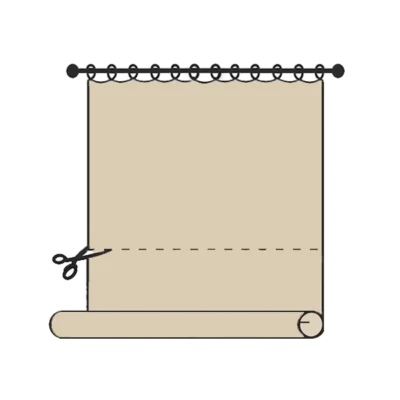
2.Fixed Height
The fabric height is fixed (usually 280cm, approx. 110 inches), and the finished curtain height can be customized up to 270cm (approx. 106 inches). Curtain width can be extended infinitely.
Advantages:
-
Width can be extended freely, ideal for full-wall coverage or extra-wide windows
-
No seams in the height direction, creating a uniform, fluid drape
-
More suitable for patterned fabrics or budget-sensitive projects
3. What is Fabric Width?
Fabric width refers to the original width of the uncut fabric, which directly affects the way it’s seamed and the final look of the curtain.
Common widths:
- 140cm (approx. 55 inches): Offers more pattern variety,
suitable for smaller windows or directional designs - 280cm (approx. 110 inches): Fewer seams and a cleaner visual effect, recommended for tall windows or large surfaces
👉 The wider the fabric, the fewer seams; the narrower the fabric, the more design variety.
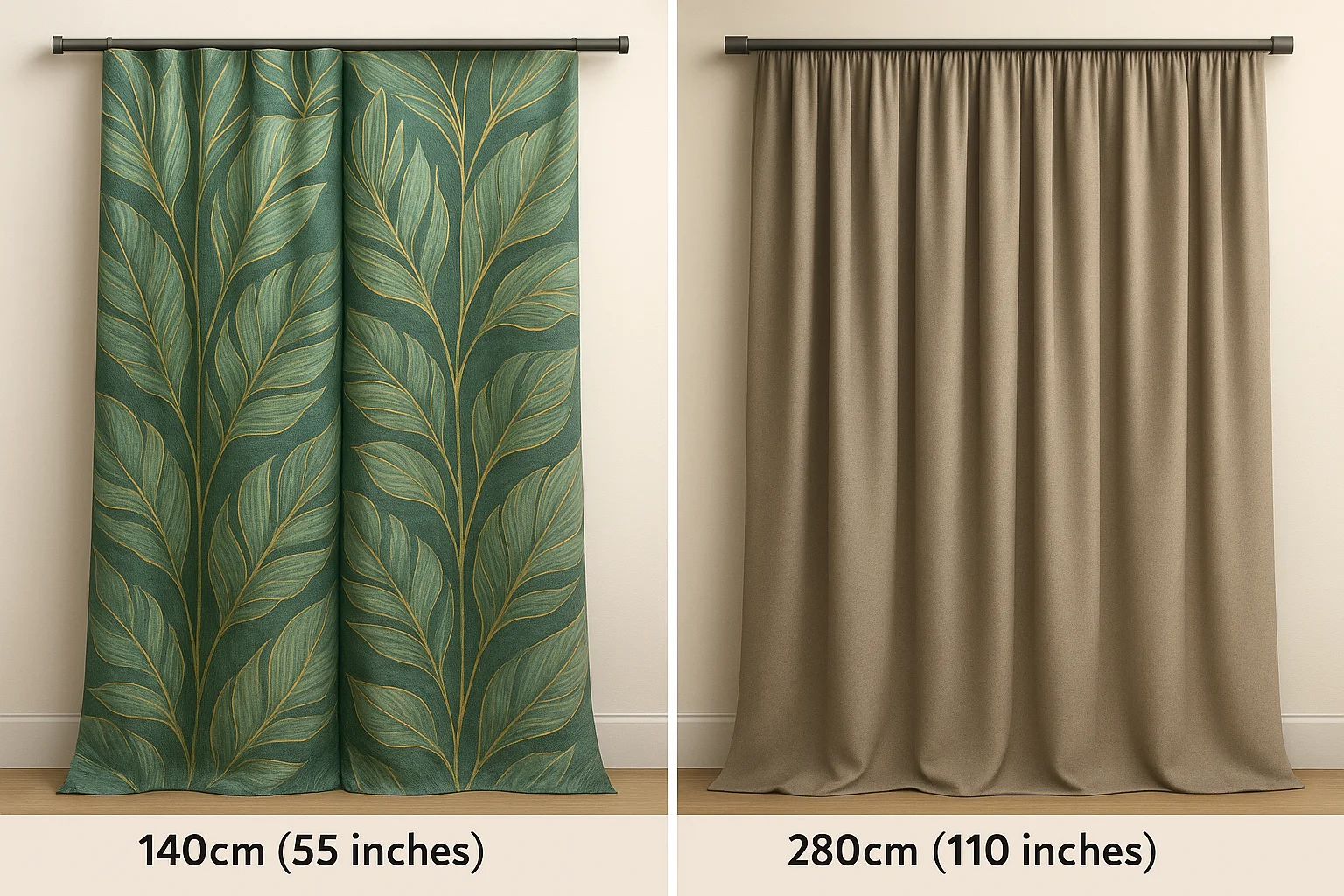
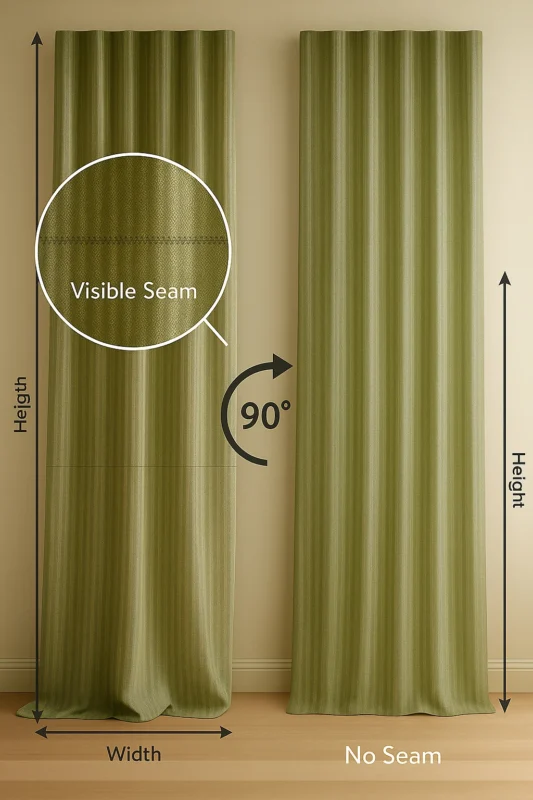
4.What is the Horizontal Rotation Technique?
This is a method of rotating the fabric 90° horizontally before cutting. It’s often used in the Fixed Width method to overcome fabric height limitations.
Used when:
-
The finished curtain height exceeds the fabric width (e.g., over 270cm / 106 inches)
-
You want to minimize seams and maintain consistent drape
-
The fabric is plain or has no directional patterns
5.No need to decide yourself — we’ll tailor it for you
Just select your favorite curtain style and submit the enquiry form.
Based on your measurements and needs, we’ll recommend the most suitable tailoring method and cutting direction to balance beauty and budget.
6.What Is Heat-Setting?
Heat-setting is a textile finishing process that treats curtain fabrics under high temperature to lock in shape, improve drape, and reduce wrinkles. It’s especially used for polyester and synthetic fibers.
Benefits:
-
Improves drape: The fabric falls more elegantly and hangs smoothly
-
Fixes pleats and folds: Ensures permanent pleats in styles like pinch pleat curtains
-
Reduces wrinkles: Minimizes creasing during transport or use
-
Enhances appearance: Gives the curtain a more polished and premium finish
Notes:
-
Not suitable for all fabrics (e.g., pure linen or cotton)
-
Often charged as an add-on by other brands — at Lemonho, it’s clearly disclosed and optional
